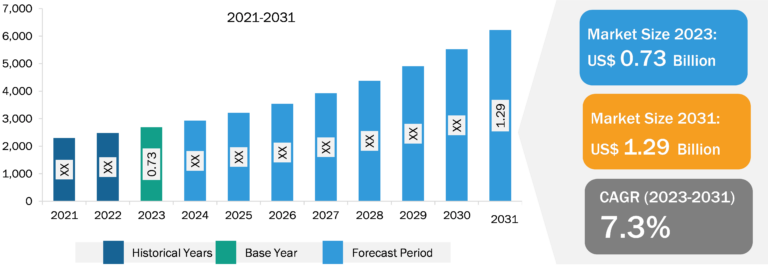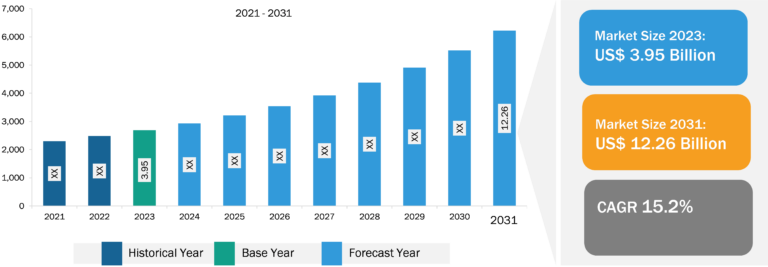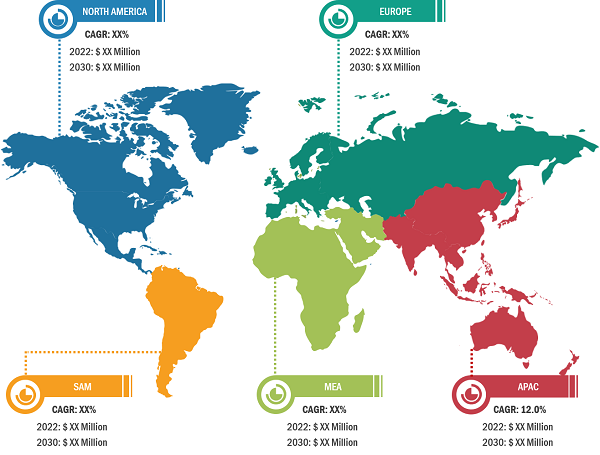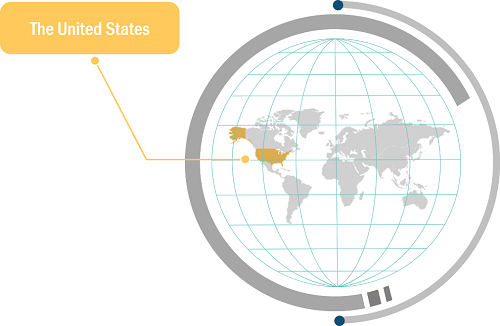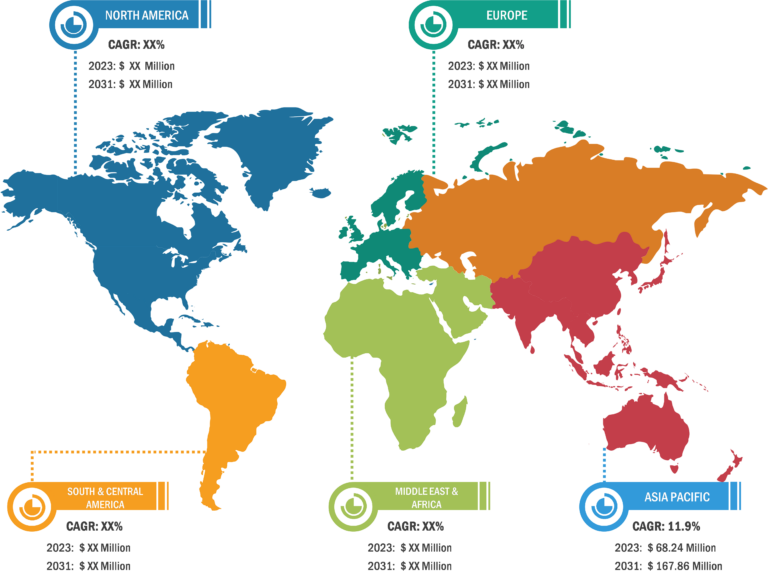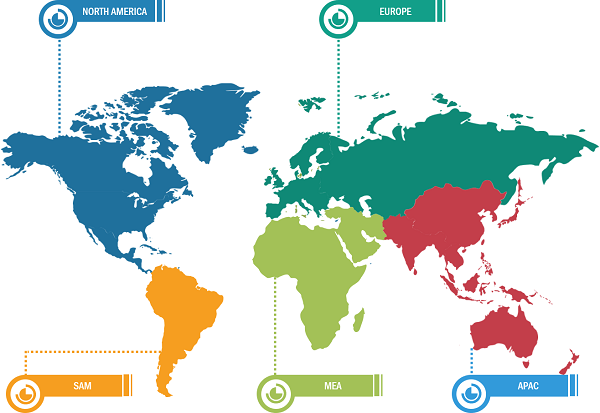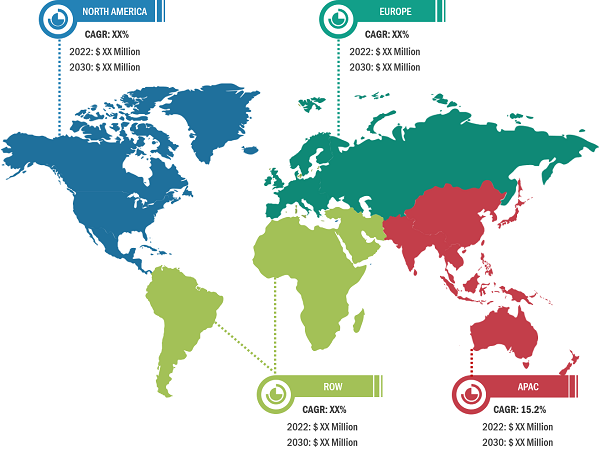
Photonic Design Automation Market
Growing Demand for Automation Drives Photonic Design Automation Market Growth
Automation enables efficient and streamlined design processes, leading to improved productivity and reduced time-to-market. The field of photonic design automation is experiencing a rise in demand owing to the increasing need for automation across various industries, including manufacturing. This increasing demand for automation is a key driver for the photonic design automation market. Automation plays a crucial role in enabling more efficient and streamlined design processes within the field of photonics. By automating certain aspects of the design workflow, such as layout generation, component placement, and optimization, designers can significantly enhance their productivity and reduce the time it takes to bring new photonic products to market. The benefits of automation in photonic design are manifold. It allows designers to explore a wider design space and quickly iterate through different design options, leading to improved performance and higher-quality designs. Automation also helps reduce human errors and ensures consistency in the design process, resulting in more reliable and robust photonic devices.
Furthermore, automation in photonic design enables designers to leverage advanced algorithms and optimization techniques to achieve optimal designs. By automating the design optimization process, designers can maximize the performance, efficiency, and manufacturability of photonic devices, ultimately leading to improved product quality and customer satisfaction.
Additionally, the eco-friendly aspect of photonic design automation is gaining traction. As the world gradually awakens to the environmental impact of technology, there is a growing demand for sustainable and energy-efficient solutions. Photonic design automation tools enable designers to explore innovative design approaches that minimize power consumption, reduce waste, and enhance overall energy efficiency. By accurately simulating and analyzing the behavior of photonic devices, designers can identify design optimizations, leading to reduced power consumption and improved energy efficiency. Moreover, the focus on high-performance and eco-friendly solutions extends beyond individual devices to larger systems and networks. Photonic design automation tools enable the design and optimization of complex photonic integrated circuits (PICs) and photonic systems. These are key building blocks for advanced applications such as optical communication networks and sensing systems. These tools allow designers to ensure efficient signal routing, minimize signal losses, and optimize the overall performance of the system. Such trends and advantages of photonic design automation solutions and services drive the photonic design automation market.

Photonic Design Automation Market: Segment Overview
The global photonic design automation market is segmented on the basis of component, deployment, organization size, and application. Based on component, the photonic design automation market is divided into solutions and services. In terms of deployment, the photonic design automation market is bifurcated into on-premise and cloud. By organization size, the photonic design automation market is bifurcated into SMEs and large enterprises. Based on application, the photonic design automation market is divided into academic research and industrial research & manufacturing. By geography, the photonic design automation market is segmented into North America, Europe, Asia Pacific (APAC), and Rest of the World (RoW).
In 2022, North America held the largest global photonic design automation market share, followed by APAC. The market in North America is segmented into the US and Canada. North America is a key player in the global photonic design automation market, with a strong presence of leading technology companies and research institutions and a robust manufacturing ecosystem. This region has witnessed significant growth and adoption of photonic design automation technologies across various industries. The rising need for high-speed and high-bandwidth communication networks is a key driver for the photonic design automation market in North America. The strong collaboration between academia and industry in the region stimulates the advancement of cutting-edge algorithms, simulation tools, and design methodologies, ensuring that companies remain at the forefront of technological progress. Photonic design automation tools play a crucial role in designing and optimizing these devices, ensuring their performance and reliability.
Moreover, North America has a thriving research and development landscape, with renowned universities and research institutions dedicated to photonics and related fields. These institutions actively collaborate with industry players to develop cutting-edge technologies and drive innovation in the photonic design automation market. The development of advanced algorithms, simulation tools, and design methodologies is facilitated by robust academic-industry partnerships in the region, allowing companies to remain at the cutting edge of technological advancements. In terms of market players, North America is home to several major companies that offer photonic design automation solutions. These companies leverage their expertise in software development, semiconductor design, and photonics to provide comprehensive design automation tools and services. The North America market exhibits a dynamic and innovative business environment, comprising a blend of established industry leaders and emerging startups. Furthermore, the region’s emphasis on research and development in leading-edge technologies such as the Internet of Things (IoT), machine learning (ML), and artificial intelligence (AI) contributes to its competitive advantage. The integration of these advanced technologies with photonic design automation empowers the industry with enhanced design capabilities, optimization, and automation of the design process.
Photonic Design Automation Market: Competitive Landscape and Key Developments
AIM Photonics Inc, Ansys Inc, Cadence Design Systems Inc, LioniX International BV, Luceda Photonics, Optiwave Systems Inc, Siemens AG, Synopsys Inc, SystemLab Inc, and VPlphotonics GmbH are among the key players profiled during the photonic design automation market study. Several other companies are introducing new product offerings to contribute to the photonic design automation market size proliferation. Various other important players were also analyzed during this market research to get a holistic view of the global market and its ecosystem. The leading photonic design automation market players focus on feature upgrades, expansion and diversification, collaboration, and acquisition strategies, which enable them to grab new business opportunities.
- In July 2023, Luceda Photonics announced a collaboration with Aluvia Photonics, the world’s first Al2O3 foundry, for integrated photonics applications. This collaboration offers designers an advanced Process Design Kit (PDK) within the Luceda Photonics Design Platform, enabling access to the upcoming Multi-Project Wafer (MPW) runs at Aluvia Photonics. The partnership between Luceda Photonics and Aluvia Photonics was aimed at providing designers and researchers with access to the latter’s Al2O3-based photonic technology. Customers can now leverage Luceda’s design tools to design their integrated photonic circuits and utilize Aluvia Photonics’ upcoming MPW runs. The collaboration was also aimed at solidifying Luceda’s position as a leading provider of foundry PDK access, empowering designers to develop innovative photonic designs.
- In January 2023, a Dutch consortium led by Invest-NL and FORWARD.one, and further consisting of Universiteit Twente Holding, Oost NL, and PhotonDelta, invested ~US$ 3.8 million in the growth ambitions of LioniX International, an Enschede-based global leader in customized microsystem solutions.

